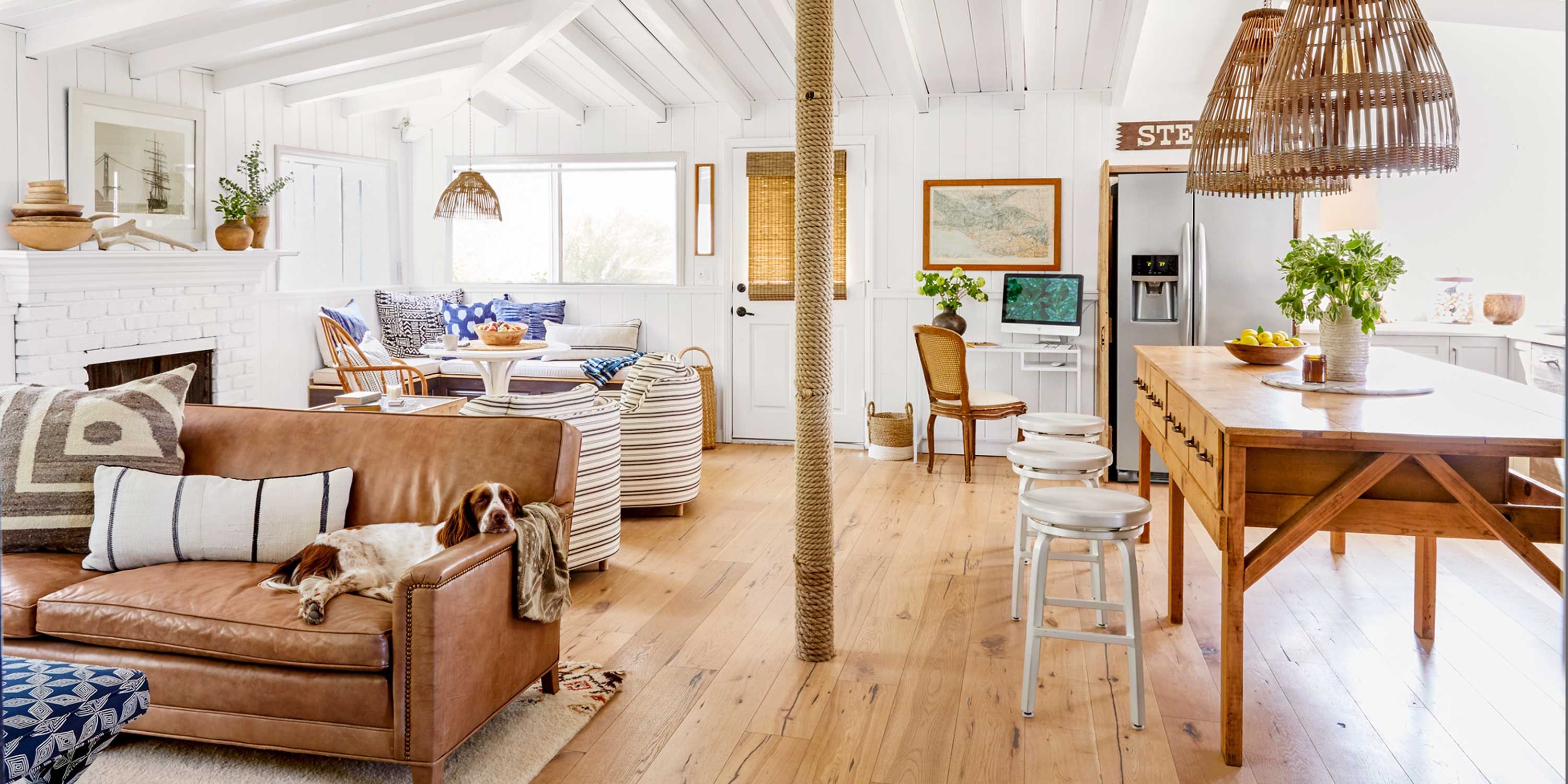Ranch Style Home Design

Ranch Style Home Design: A Comprehensive Guide
Definition
Ranch style homes, also known as ramblers or California ranches, are characterized by their low-slung, horizontal profile, open floor plans, and expansive windows. Originating in the early 20th century, these homes were designed to reflect the casual, informal lifestyle of the American West.
Types
Ranch homes come in various types, each with its unique characteristics:
- California Ranch: The classic ranch style, featuring a long, low profile, wide overhangs, and an open floor plan.
- Split-Level Ranch: A variation with different levels for living areas, bedrooms, and garages.
- Raised Ranch: A ranch home built on a raised foundation, providing additional space for a basement or garage.
- Contemporary Ranch: A modern interpretation of the ranch style, incorporating clean lines, large windows, and open spaces.
Differences
Ranch homes differ from other architectural styles in several key ways:
- Profile: Ranch homes have a low-slung, horizontal profile, while other styles may have more vertical elements.
- Floor Plan: Ranch homes typically feature open floor plans with few interior walls, while other styles may have more compartmentalized spaces.
- Windows: Ranch homes have large, expansive windows that provide ample natural light, while other styles may have smaller, more traditional windows.
Ease of Living
Ranch homes are renowned for their ease of living, offering several advantages:
- Accessibility: The single-story layout makes ranch homes accessible for people of all ages and abilities.
- Openness: The open floor plans promote a sense of spaciousness and allow for easy flow between rooms.
- Natural Light: The large windows provide abundant natural light, creating a bright and inviting atmosphere.
Design Process
Designing a ranch home involves a collaborative process between the homeowner, architect, and builder:
- Program Development: The homeowner defines their needs and preferences, including room sizes, amenities, and style.
- Site Planning: The architect determines the optimal placement of the home on the lot, considering factors such as sunlight, views, and privacy.
- Schematic Design: The architect creates preliminary plans, including floor plans, elevations, and sections.
- Design Development: The plans are refined and detailed, including material selections, finishes, and fixtures.
- Construction Documents: The architect prepares detailed construction drawings and specifications for the builder.
Advantages
Ranch homes offer numerous advantages:
- Affordability: Ranch homes are typically more affordable to build than other architectural styles due to their simple construction and single-story design.
- Versatility: Ranch homes can be customized to suit a wide range of tastes and lifestyles, from traditional to contemporary.
- Energy Efficiency: The low-slung profile and open floor plan promote natural ventilation and reduce energy consumption.
- Low Maintenance: Ranch homes have minimal exterior maintenance requirements, making them ideal for busy homeowners.
Disadvantages
Despite their advantages, ranch homes also have some disadvantages:
- Lack of Privacy: The open floor plans can sometimes compromise privacy between different areas of the home.
- Limited Storage: Ranch homes may have limited storage space compared to other architectural styles.
- Small Bedrooms: Bedrooms in ranch homes can be smaller than in other styles due to the emphasis on open living areas.
- Lack of Architectural Interest: Some people may find ranch homes to be too simple or lacking in architectural interest.
How to Choose a Ranch Home
When selecting a ranch home, consider the following factors:
- Lot Size: Ensure the lot is large enough to accommodate the home and any desired outdoor spaces.
- Location: Consider the neighborhood, proximity to amenities, and views.
- Floor Plan: Choose a floor plan that meets your needs and lifestyle, considering the number of bedrooms, bathrooms, and open living areas.
- Style: Select a ranch home style that aligns with your aesthetic preferences, whether it’s traditional, contemporary, or a blend of both.
What to Look for in a Ranch Home
When inspecting a ranch home, pay attention to the following details:
- Foundation: Check for any cracks or settling, which could indicate structural issues.
- Roof: Inspect the roof for any missing or damaged shingles, as well as proper drainage.
- Windows: Ensure the windows are in good condition and provide adequate natural light.
- Interior Finishes: Examine the walls, ceilings, and floors for any signs of damage or poor workmanship.
Conclusion
Ranch style homes offer a unique combination of affordability, versatility, and ease of living. Their low-slung profile, open floor plans, and expansive windows create a comfortable and inviting atmosphere. While they may have some limitations, such as lack of privacy and limited storage, ranch homes remain a popular choice for homeowners seeking a casual, informal lifestyle.
FAQs
Q: Are ranch homes suitable for all climates?
A: Ranch homes are adaptable to a wide range of climates. Their low-slung profile and open floor plans promote natural ventilation in warmer climates, while their energy efficiency makes them suitable for colder climates.
Q: Can ranch homes be customized?
A: Yes, ranch homes can be customized to suit individual tastes and lifestyles. They can be expanded or reduced in size, and the floor plans can be modified to accommodate specific needs.
Q: What is the average cost to build a ranch home?
A: The cost to build a ranch home varies depending on the size, complexity, and location. However, they are typically more affordable to build than other architectural styles due to their simple construction and single-story design.
Closing Statement
Ranch style homes continue to be a popular choice for homeowners seeking a comfortable, informal lifestyle. Their versatility, ease of living, and affordability make them an attractive option for a wide range of people.
Disclaimer
The information provided in this article is for general informational purposes only and should not be construed as professional advice. Consult with a qualified architect or builder for specific design and construction guidance.